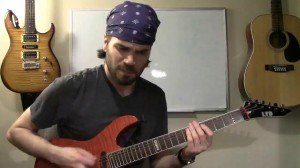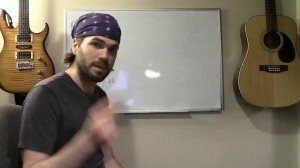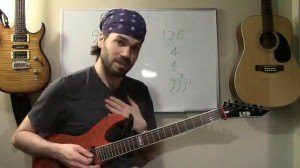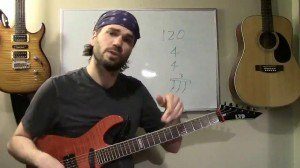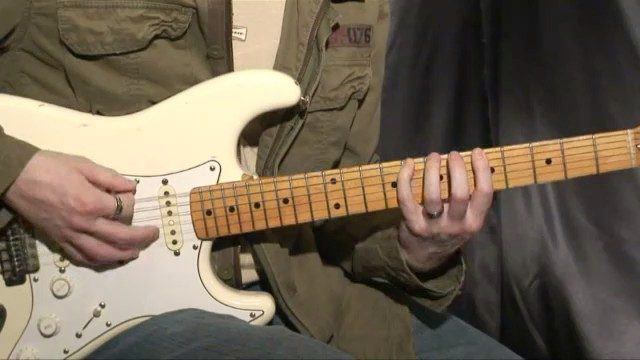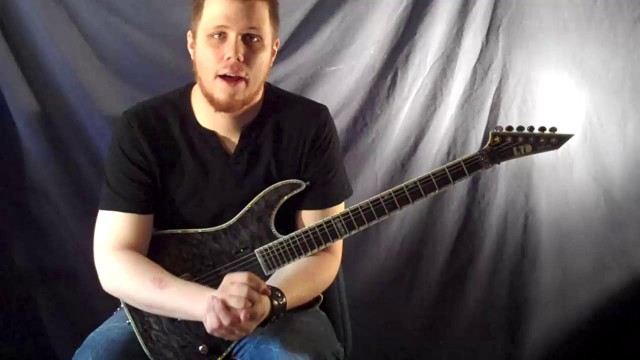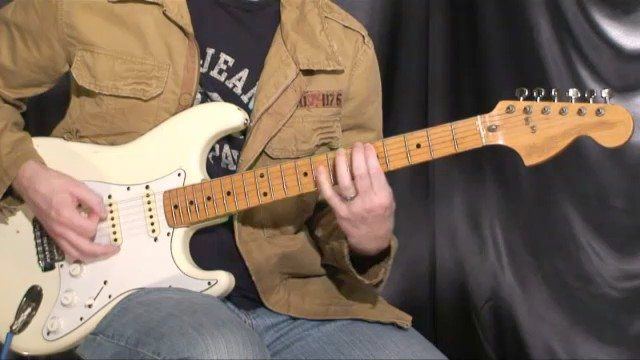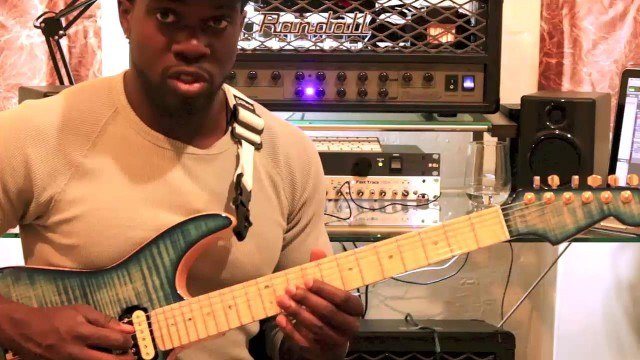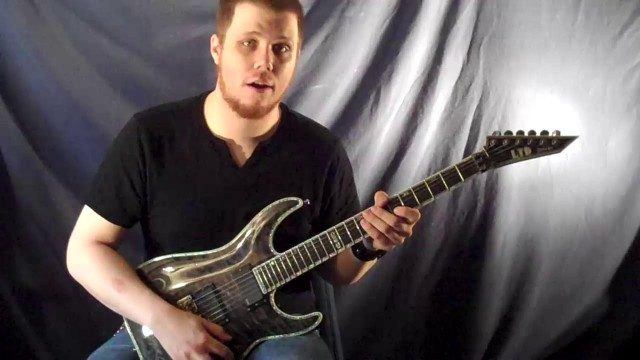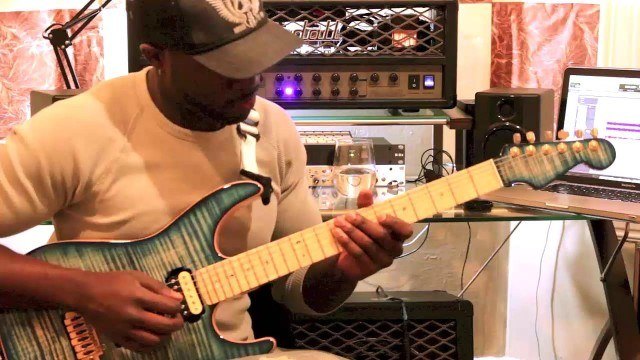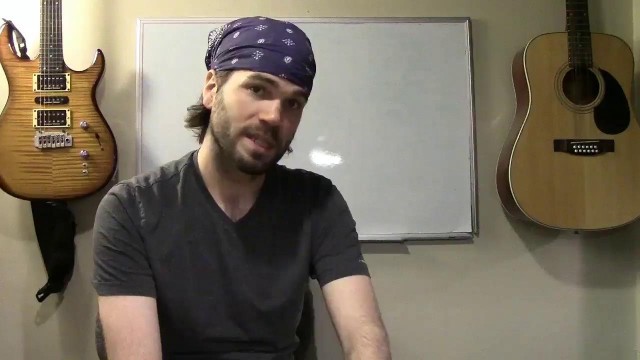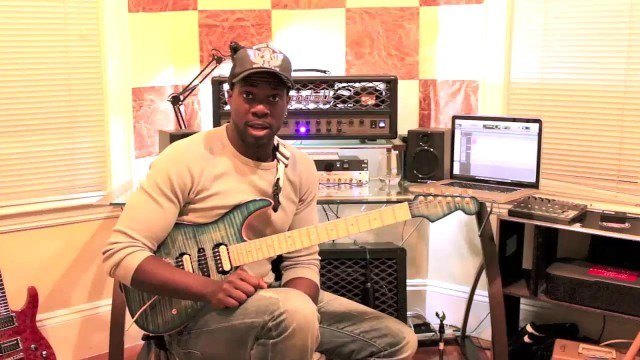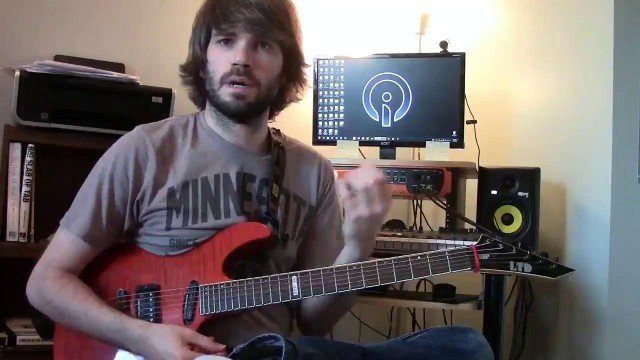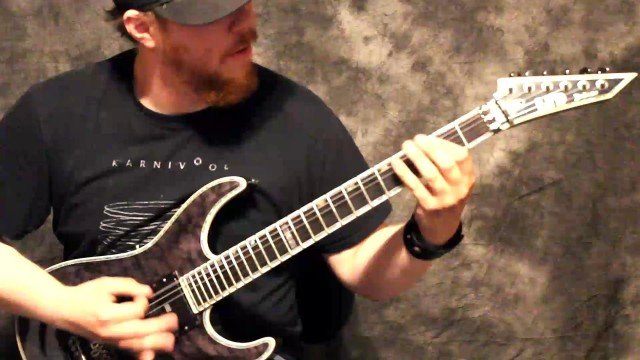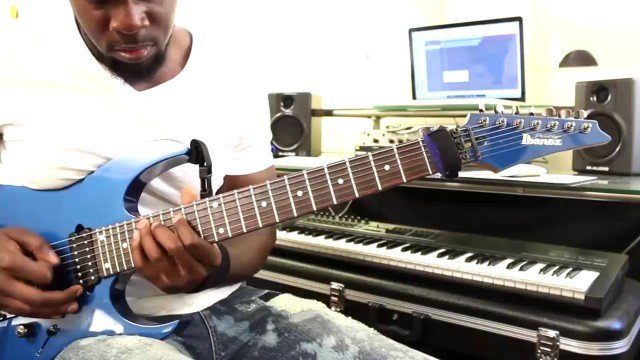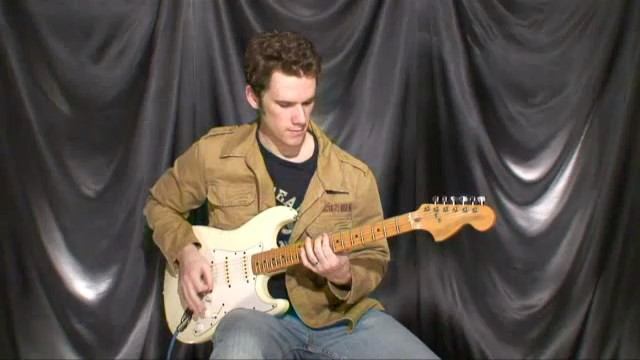Hello again! For this tutorial, we will be focusing on the use of polyrhythmic (or metric) modulation.
Polyrhythms are something that is always there whether you hear them or not. You can switch to a different polyrhythmic meter in every situation. The easiest way to think of a polyrhythm is in the following sense:
Let’s imagine we are in 3/4 and have an idea that is using 16th notes (maybe a melody or a riff). If we play a tempo that creates a pulse of 1-e-&-a-2-e-&-a-3-e-&-a etc... we easily can tell where the pulse is happening.
Let’s look at this a different way now. If we count the amount of 16th notes in what’s written directly above we will get a count of 12 16th notes.
Now, let’s say we want to switch to a polyrhythm. First off, notice that the number 12 can be divided in a number of ways. In the example we can see 3 groups of 4.
We can also set it up to have 4 groups of 3. We could write this out like this: 1-&-a-2-&-a-3-&-a-4-&-a. We still have 12 notes but now they are counted using a triplet, this in turn will now change the pulse and give us a different tempo.
We have not changed the speed of the idea we are playing but we will simply move the pulse of the beat to be treated as a 16th note or an 8th note triplet.

